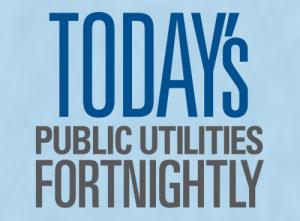New data is in on how much American households spent on electric utility service through this August. A little data-crunching and the downward trend becomes clear.

In the seventeen years of 2000 through 2016, over two hundred and four months, electricity was about one and a half percent of personal consumption expenditures. 1.49 percent, to be precise.
Since that period, 2017 through two-thirds of this year, over thirty-two months, electricity was down to one a third percent of expenditures. 1.33 percent, exactly.
In the last nine months of that more recent period, since last December 2018, electricity was down to one and three-tenths of a percent of expenditures. 1.3 percent, also exactly.
The current nine-month streak is unprecedented. Every month since last December has been in the narrow range of 1.24 and 1.32 percent.
And, so, no surprise, electric utilities are receiving less money from residential customers. As well as from commercial customers. This year, through July (the latest utility revenue data available), electric utilities have received nearly two percent less money from residential customers than they did during the comparable period of last year. 1.79 percent less.
Electric utilities are getting by with less funding this year. In large part that's because residences have used three percent fewer kilowatt-hours this year, as compared to last year. 2.98 percent, that is.
Though the grid is the grid. The power plants, transmission lines and distribution network still must be maintained and operated as well as last year, notwithstanding the drop off in kilowatt-hour demand.

